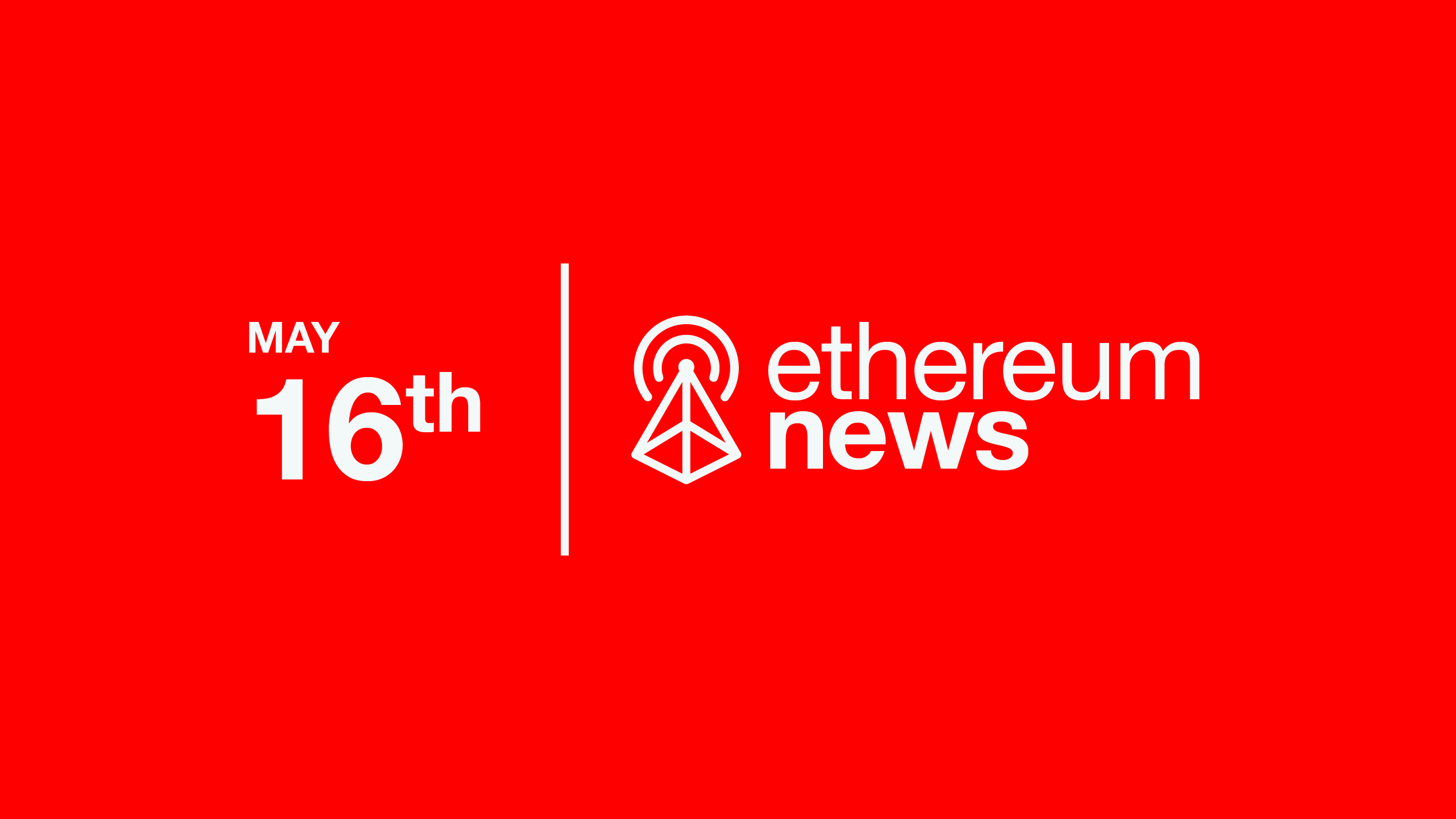Coolgraph Optimism Attestation Experiment
Coolgraph a visual graph that displays “Cool Person” attestations using EAS on Optimism.

Quick Take
- Ledger receives scrutiny over a new recovery product.
- Nethermind publishes v1.19.0 release candidate.
- Aztec Network releases Noir v0.5.1.
- Compound V3 goes live on Arbitrum One.
Listen on: Apple | Castbox | Spotify | YouTube | Lens
Optimism Highlights 🔴✨
Coolgraph Optimism Attestation Experiment
Optimism engineer Kelvin Fichter deployed Coolgraph, a visual graph that displays “Cool Person” attestations. Anyone can submit a “Cool Person” attestation using a custom Cool Person schema on the Optimistic Goerli deployment of Ethereum Attestation Service (EAS). The Coolgraph then displays the direction of connections made showcasing clusters of the most popular Ethereum wallets.
Ledger Receives Scrutiny Over Recovery Product
Hardware wallet manufacturer Ledger introduced Ledger Recover, an ID-based private key recovery service that backs up a seed phrase among custodians. According to the company, Ledger Recover works by duplicating a pre-BIP39 version of a user’s private key, encrypting it, and dividing it into three shards. The shards are then distributed among three custodians including Coincover, Ledger, and an undisclosed provider. Only two out of three shards are needed to reconstruct the private key. Users must submit identity documents and pay a $9.99 monthly fee to sign up for the service. They can then request recovery using their identity. The service is initially available on Ledger X wallets.
Ledger Recover has received community backlash over concerns about a suspected back door. The service is also believed to be vulnerable to collusion and identity fraud. While Ledger Recover is optional, it reveals that firmware can potentially extract a private key from a ledger device. Ledger previously stated that private keys never leave the Secure Element chip.
Nethermind v1.19.0 Release Candidate
Nethermind published release notes for v1.19-rc of its execution layer client. The new release will optimize disc space, helping reduce the size of the database by over 100 gigabytes. The release also includes fast syncs with the introduction of auto-pivot snap sync. Nethermind nodes will be able to sync in seconds instead of minutes. Nethermind v1.19 is not downloadable to older versions due to a new database format. The release will also include support for the Gnosis Chain Chiado testnet Shapella upgrade expected on May 24th. Lastly, the v1.19 release includes updates for EIP-4844, including JSON-RPC endpoints and a change to type 3 on blob transactions.
Aztec Network Releases Noir v0.5.1
Aztec Network released v0.5.1 of its Noir universal ZK programming language. The new release includes its basic UltraPlonk integration, Poseidon hashing by Aragon ZK research, and various bug fixes. The release also includes support for dynamic arrays, an experimental-ssa compiler flag, and updates to acvm 0.11.0. Last week, Aztec released a noir-starter repo to help developers write zero-knowledge circuits. The repo contains a demo project that enables private voting through a zk voting circuit in Noir with a corresponding Solidity contract. Aztec Network is currently working on its Hybrid zkRollup which will be released later this year.
Compound V3 Now Live On Arbitrum
Compound III is now live on Arbitrum One with initial support for ARB, GMX, WETH, and WBTC as collateral assets. Compound III features USDC as its only borrowable asset and moves away from a pooled-risk model. It also implements supply caps on each collateral asset type to further reduce risks. Compound III is currently live on Ethereum, Polygon, and Arbitrum.

